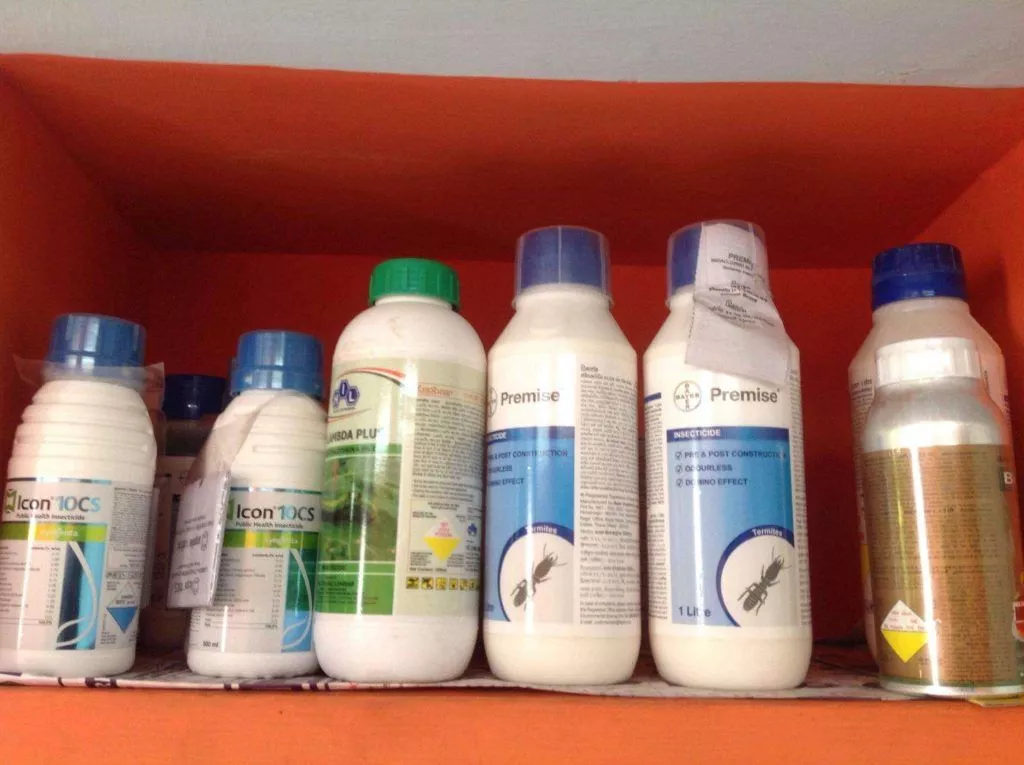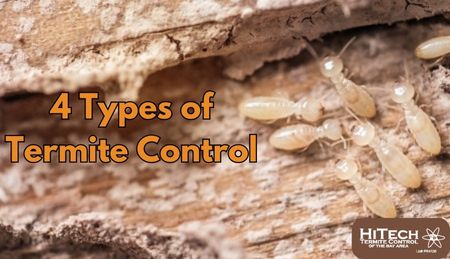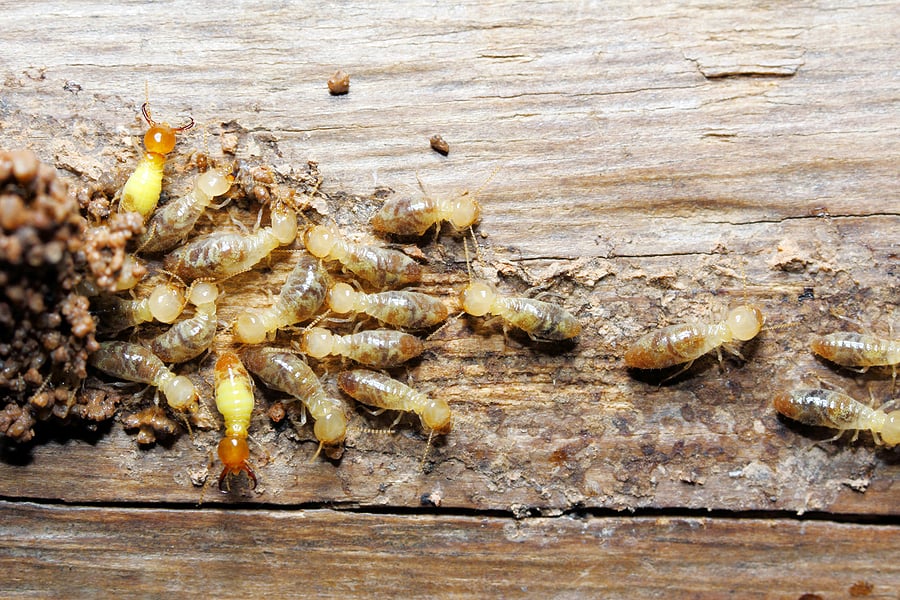
What Are Termiticides?
With the evolution of integrated pest management, the use of termite control baits or pesticides called termiticides has become more targeted, effective, and done on a lesser scale.
There is a collaboration between scholars, researchers, and the pest control industry that works towards understanding the biology and behavior of termites and utilizing that knowledge to develop control methods and products available today. Through integrated pest management, professionals learn to combine a number of treatment methods, which minimizes the amount of pesticides required.
Liquid & Foam
There are a number of termite control devices (also referred to as termite spray equipment) that are used by pest control professionals to deal with termite infestations in houses and other structures.
Termiticides that control the population of termites can be liquid or foam. A professional will take into account the building features, signs of infestation, and type and concentration of product to determine the equipment and techniques to use for termiticide application.
Materials are applied in a precise manner with minimum resources needed for control and therefore termiticides are not sprayed.
Termite Sprays
A tank and a pump is the method used to apply liquid and foam termiticides. A termiticide is dispensed from a tank through a high pressure resistant long hose. The control specialist has nozzle attachments that allow him to dictate how far and into what material (wood or soil) the control will be put in for the termites to be controlled. Since this is a specified application, materials are not sprayed, they are applied in set amounts.
The different nozzles have valves and seals which control flow of termiticide. For instance, the nozzle that fills with termiticide, which goes into an opening in the slab floor has a seal that prevents backflow and assists in thrusting the termiticide into the soil. Pest control professionals know what amount of termiticide works for effective control. The soil provides resistance and so a termiticide injection into the soil requires a lot of pressure and strong pumping system.
Experts can also employ rods to inject termiticides into the soil surrounding and beneath a house. These rods are tubes that are inserted into the ground in order to place the termiticide at a level beneath the surface. Small cylindrical rods can be used to inject termiticide into wall voids, including those formed by concrete block walls.
You might also like :

